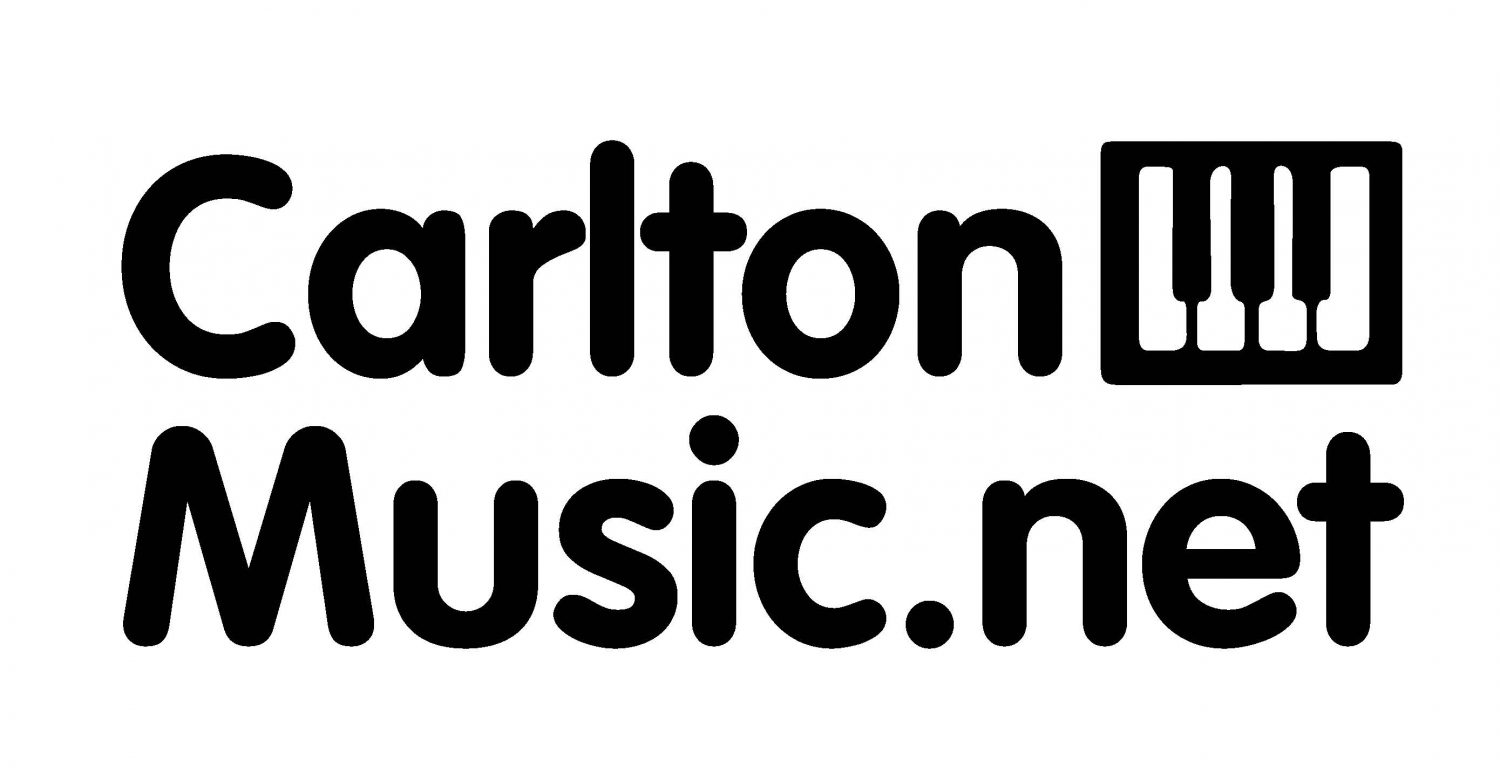
This spring term we are listening to The Symphony Orchestra and some of the incredible music that has been written for it from its beginnings in the palaces of Central Europe to the modern day and its ubiquitous role as the background to millions of films and TV programmes.
Here is the course description form the REC prospectus:
“We will study ten major pieces from the orchestral repertoire, ranging from Haydn to the present day. The Tutor will choose six of them and for the last four lectures; the class will choose the pieces. We’ll concentrate on one piece per week, examining it in detail, looking at its place in its composer’s output, and using each piece to help chart the development of the symphony orchestra from its beginnings in the 18th Century to the mighty organism it is today. “
I knew choosing “an orchestral top ten” would be almost impossible, but – after what seems like months of indecision and vacillation – I have a list for my six that I think shows at least some of the peaks of orchestral music from the beginnings of the symphony orchestra as we know it to its apogee in the first half of the 20th Century. I have substitute lists (I could probably deliver this course half-a-dozen times without feeling the need to repeat a single work) and it is inevitably personal, reflecting the music that has made the greatest impression on me over the years. But all are acknowledged masterpieces and staples of the orchestral repertoire. I think we’ll have great fun listening to them, seeing how they are put together, and discovering how each fits into its composer’s world as well as its place in musical history.
My Six works
Mozart: Symphony no 40 in G minor, K550
Beethoven: Piano Concerto no 5 in E flat, “The Emperor”
Berlioz: Symphonie Fantastique
Tchaikovsky: Symphony no 4 in F minor op 36
Elgar: Enigma Variations
Bartok: Concerto for Orchestra
That list takes us from the classical orchestra, through its change into the big symphony orchestra that was the backbone of music throughout the 19th Century and the Romantic era, and finishes up well into the 20th century, when the orchestra was at its peak of size and sophistication. Composers and works that I have had to leave out are listed below*
Now it’s your turn: I want you to tell me what YOU would like to explore in the remaining four sessions of the course. I have listed some of the works that I might choose to whet your appetite, but please don’t feel restricted to them: any orchestral music qualifies, as long as it is reasonably well-known and can form the basis of a 90 minute lecture! You can let me know by commenting on this post, emailing me at john@carltonmusic.net or simply letting me know at one of the first lectures.
Composers and works that I have considered and – in many cases extremely regretfully – left out for various reasons include: Wagner (Overtures); Brahms (especially the First Symphony); Rimsky Korsakov (Scheherazade); Strauss (Johann Jr: All those Waltzes!); Strauss R (Don Juan or Four Last Songs); Stravinsky (Petroushka); Sibelius (Symphony no 5); Vaughan Williams (Pastoral Symphony); Mahler (Symphony 2); Dvorak (New World Symphony); Shostakovitch (Fifth Symphony); Bruckner (Symphony no. Four) Schubert (Unfinished Symphony); Haydn (Symphony 88, Symphony 104 and several others!) Beethoven (Symphonies 3, 7, 9); Saint-Saens (Symphony no 3)
In case you are wondering where the Four Seasons or the Brandenburg Concertos are, I made a conscious decision to restrict ourselves to what can be loosely termed the “Symphony Orchestra”.
The course starts at 10am next Friday, 13th January, when we will look at the genesis of Mozart’s 40th Symphony. If you haven’t signed up, I believe there are still a couple of places left: call the REC on 01234 302203 or visit their website: http://www.recbedford.co.uk/
I look forward to seeing faces familiar and new!

I’ll put in a vote for two from your alternative list:
Wagner – Tristan and Isolde – Prelude and Liebestod
Stravinsky – Rite of Spring, or your choice, Petroushka
Both composers made radical contributions to the development of music, wrote works that are great to listen to, and had a major influence on those who followed.
Wagner would probably have made the initial six if he wasn’t primarily an opera composer. His contribution to the development of the orchestra was enormous and several of the Overtures/Preludes/Interludes stand on their own as masterpieces. Stravinsky is compelling as well – after he’d proved he had the full-blown Romantic style at his command with Firebird, The Rite and Petroushka point the way for a use of the orchestra that lasts well into the 20th Century. Both good calls and distinct possibilities: we’ll have to weigh them up against other suggestions!